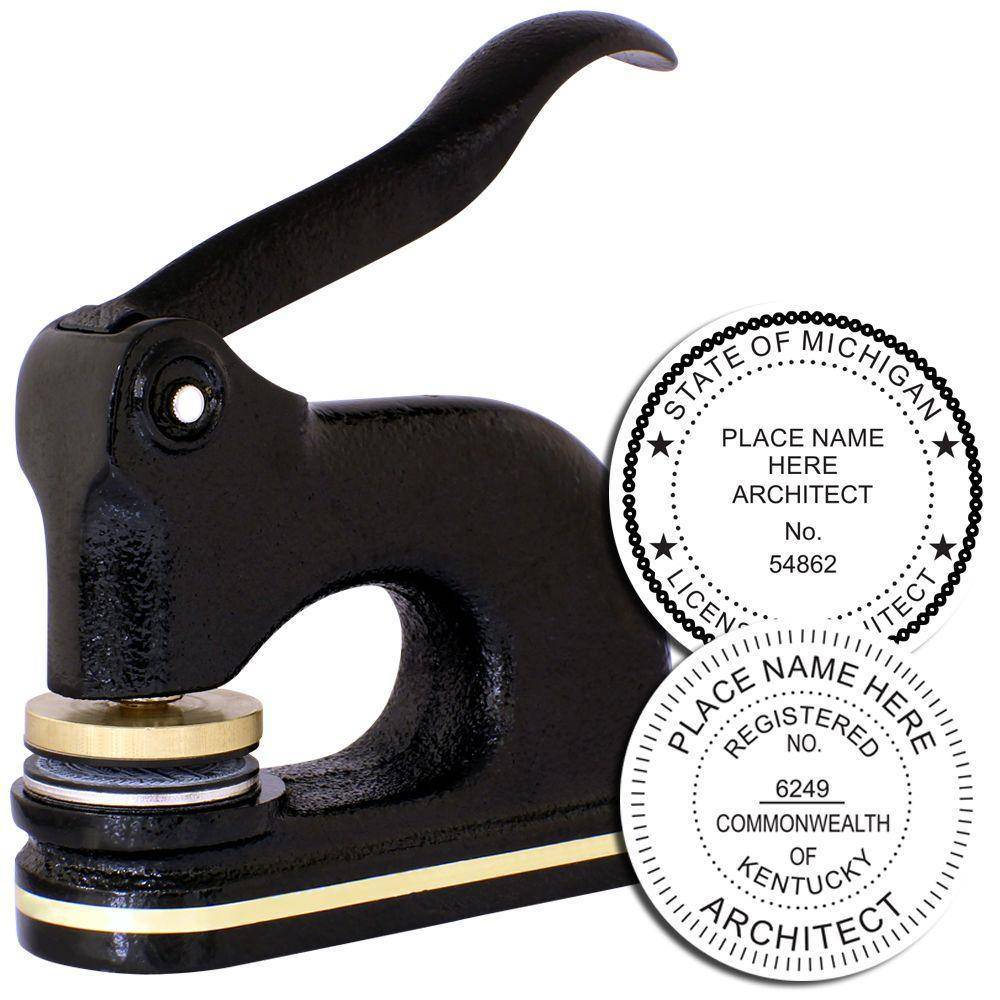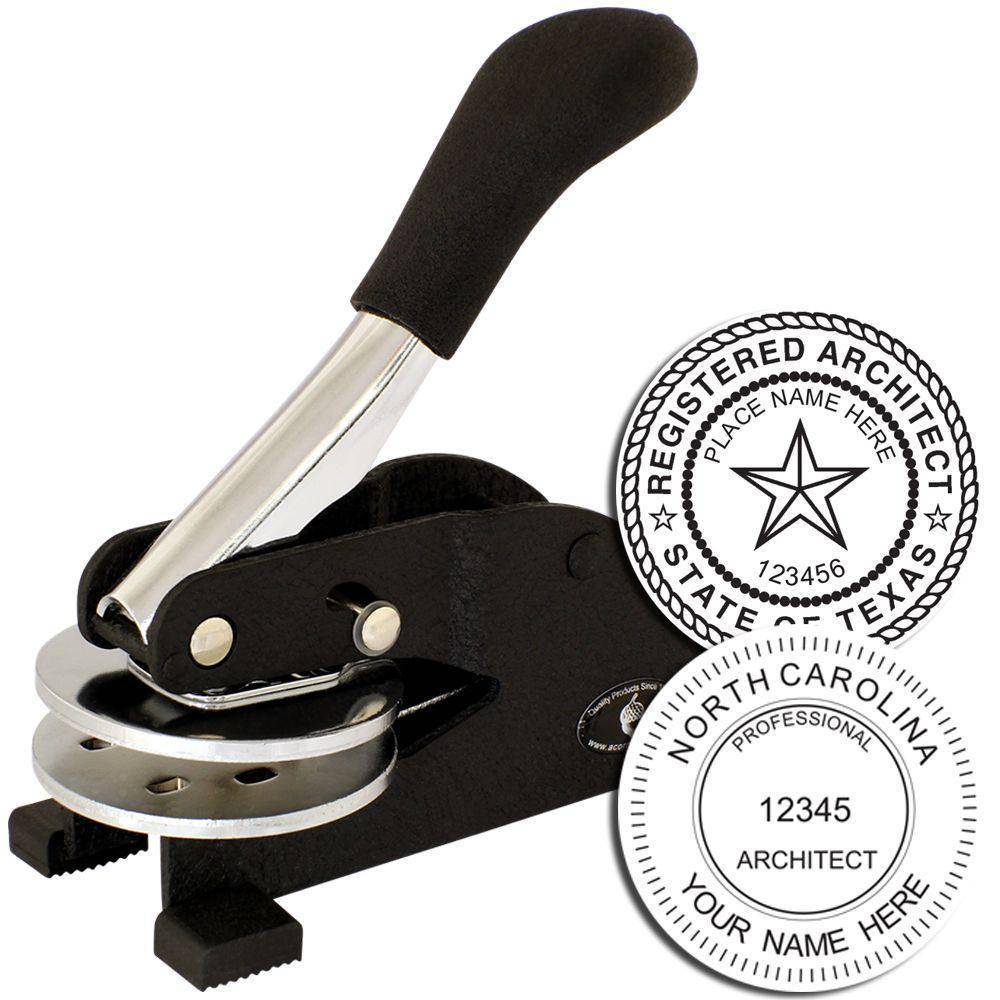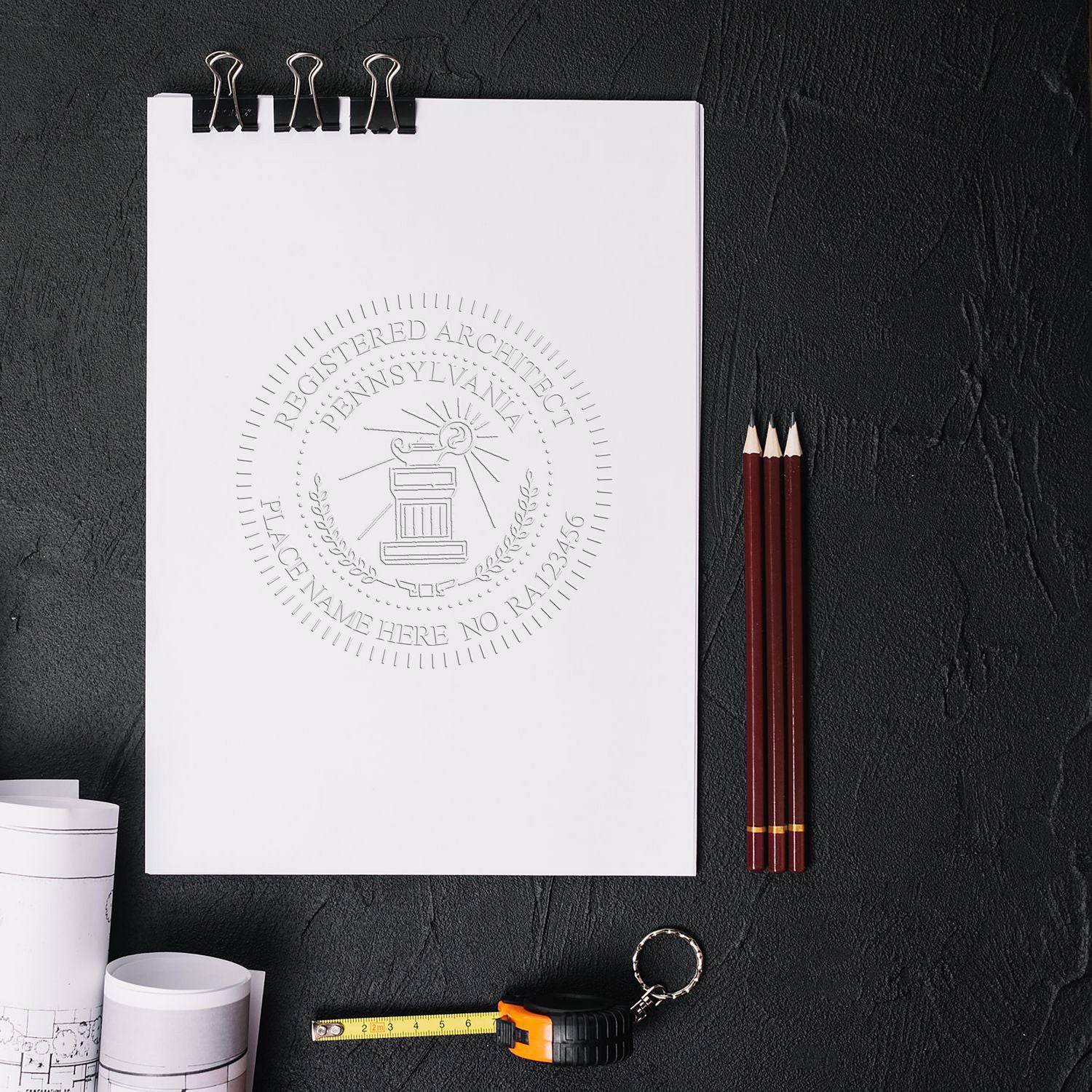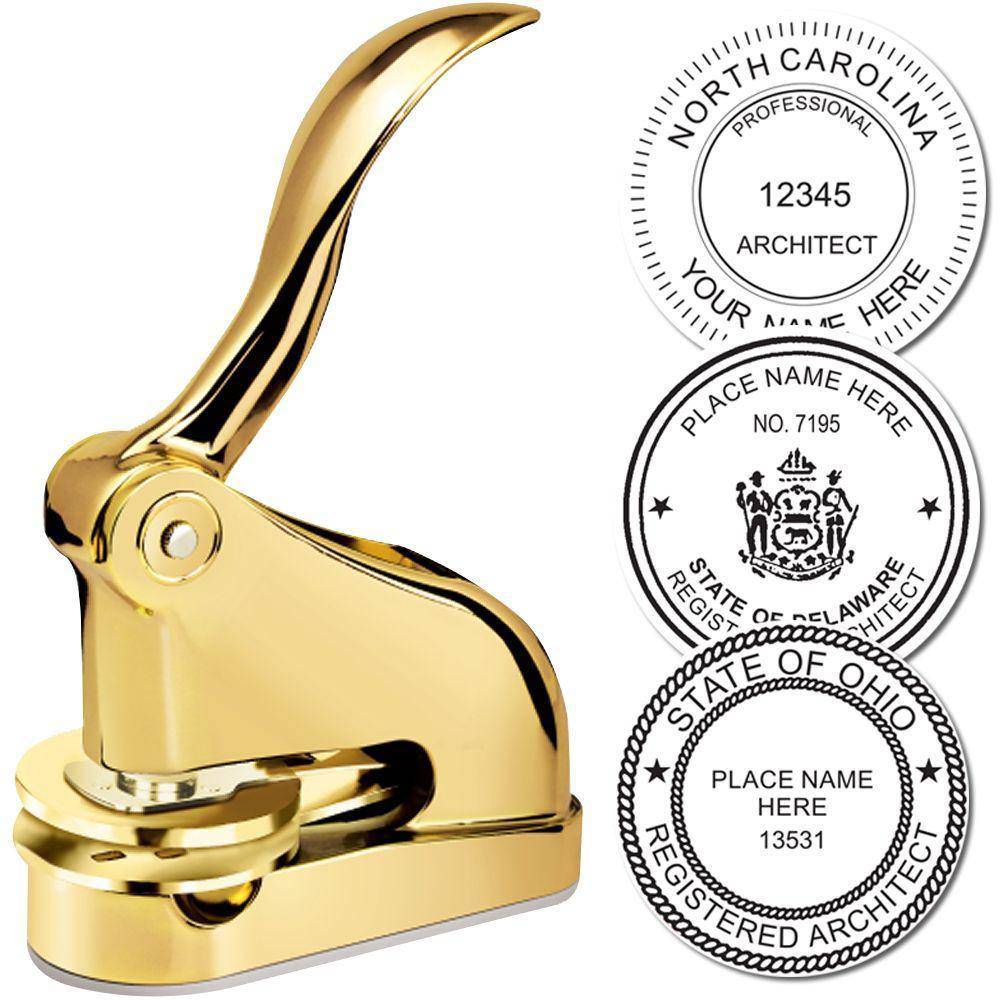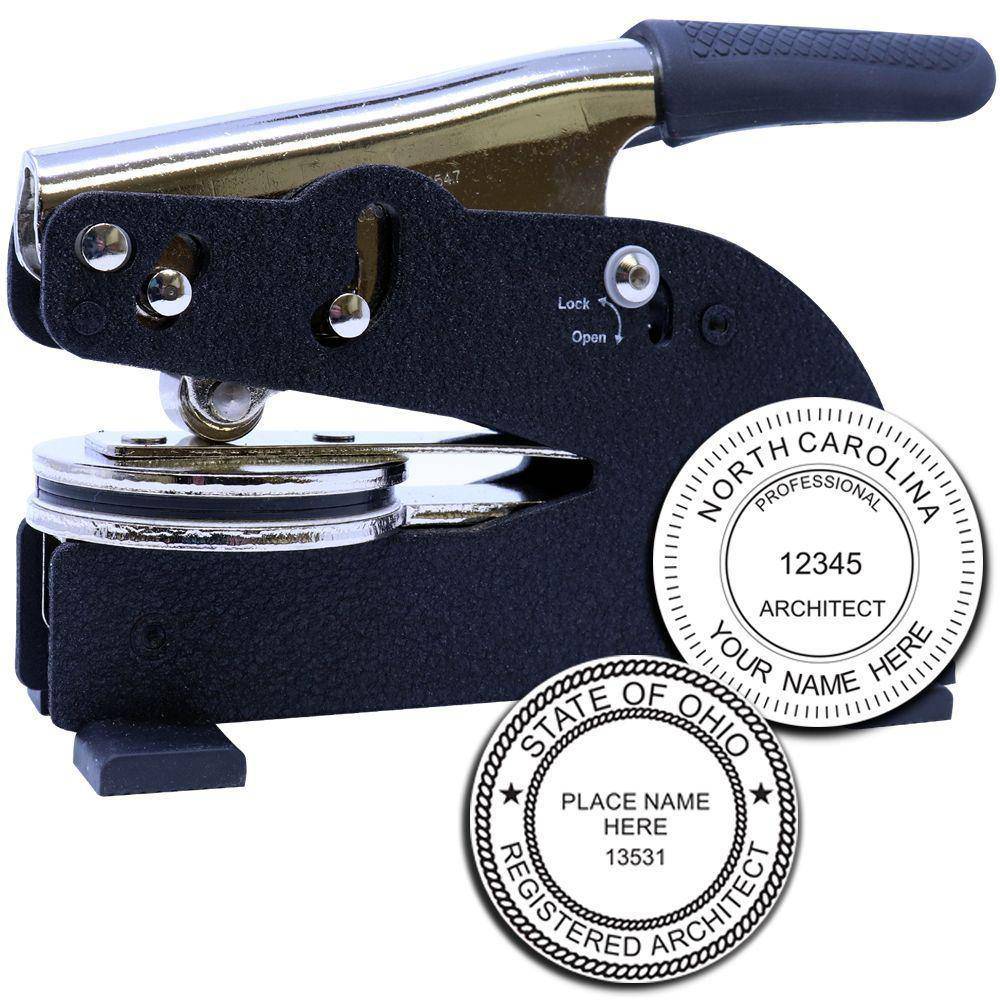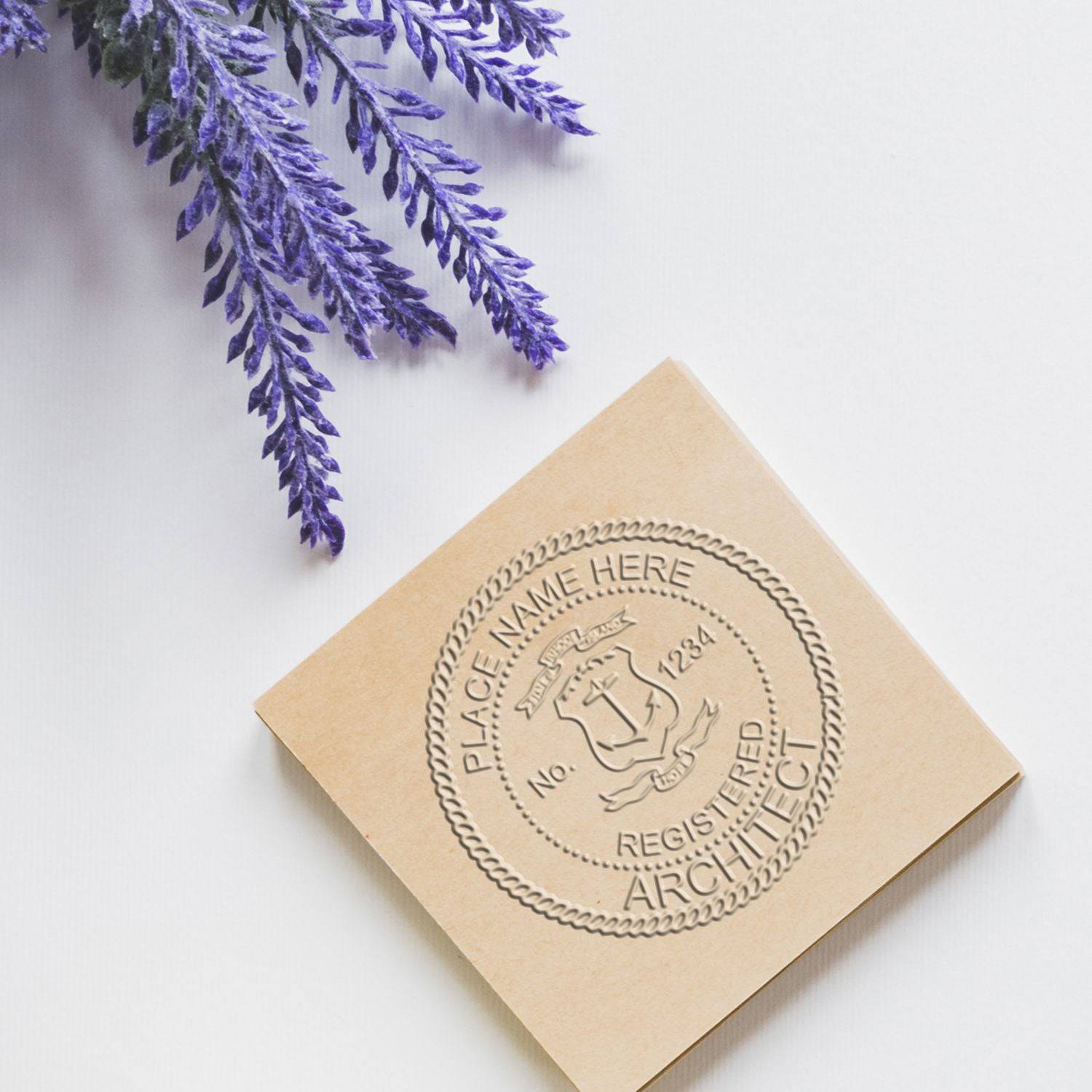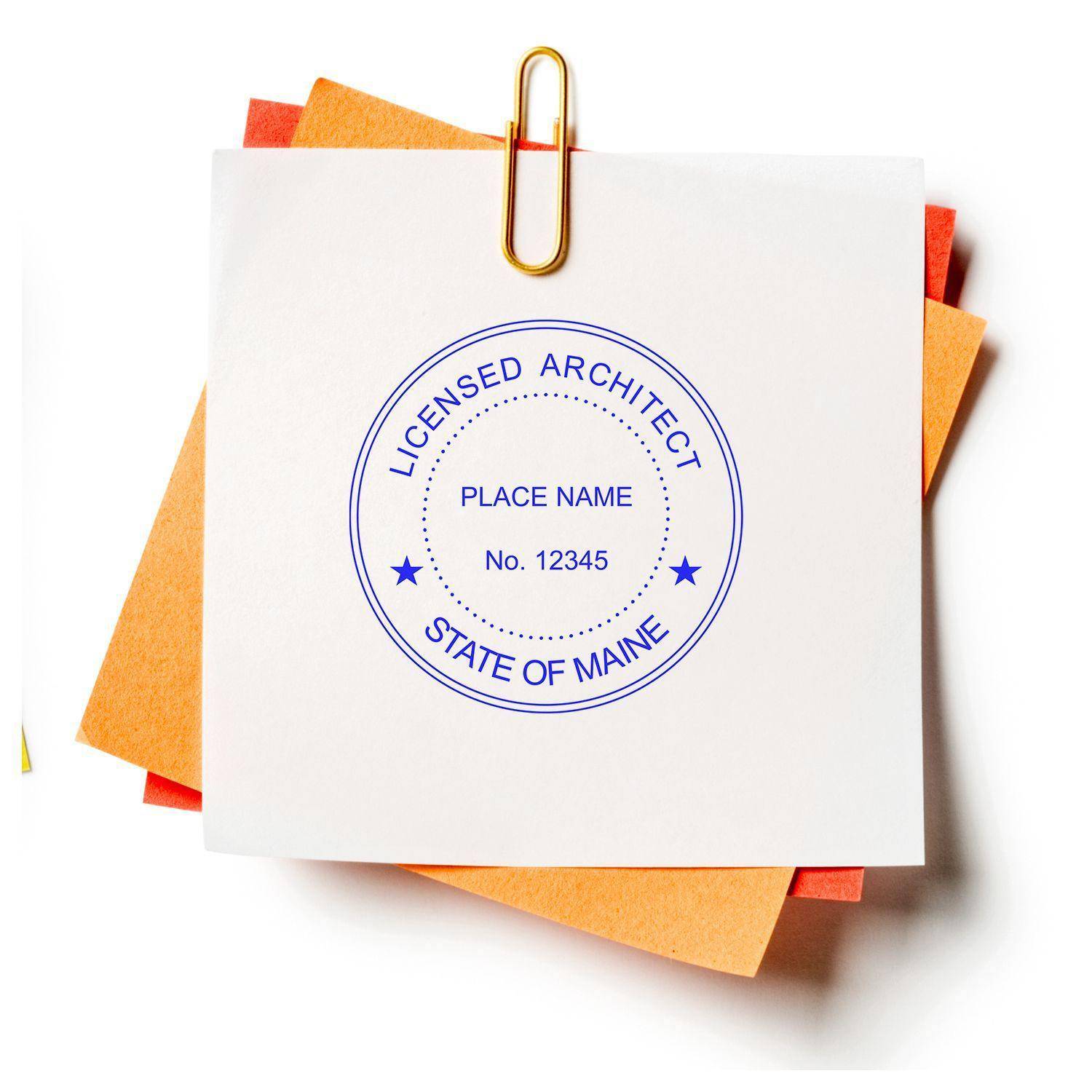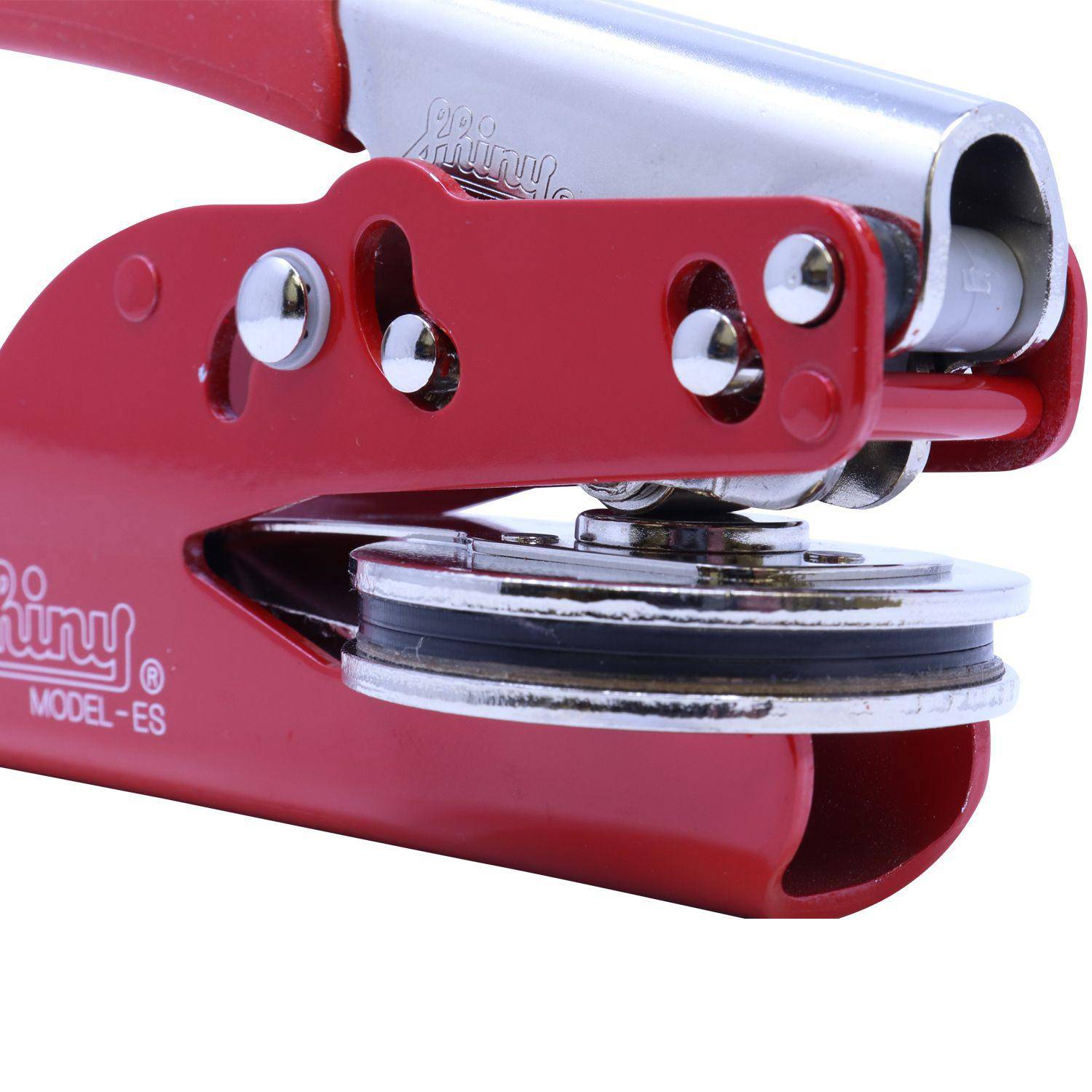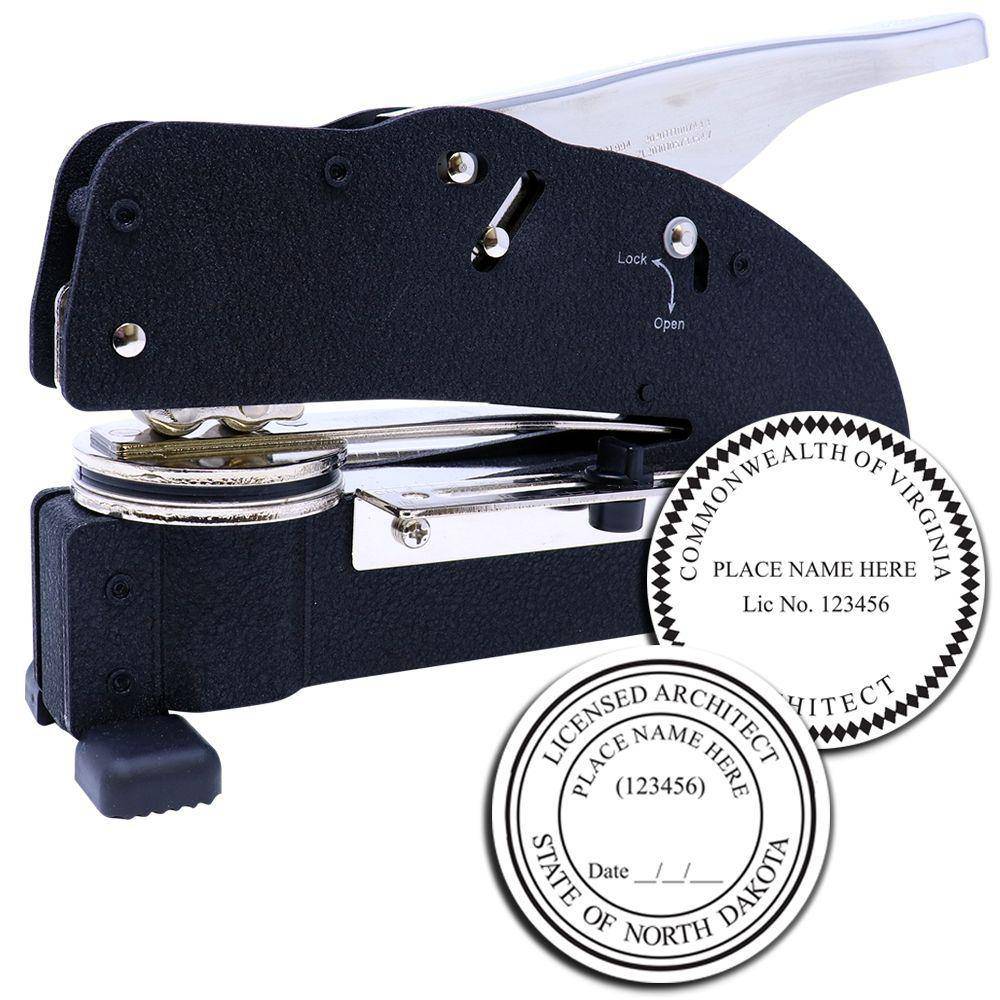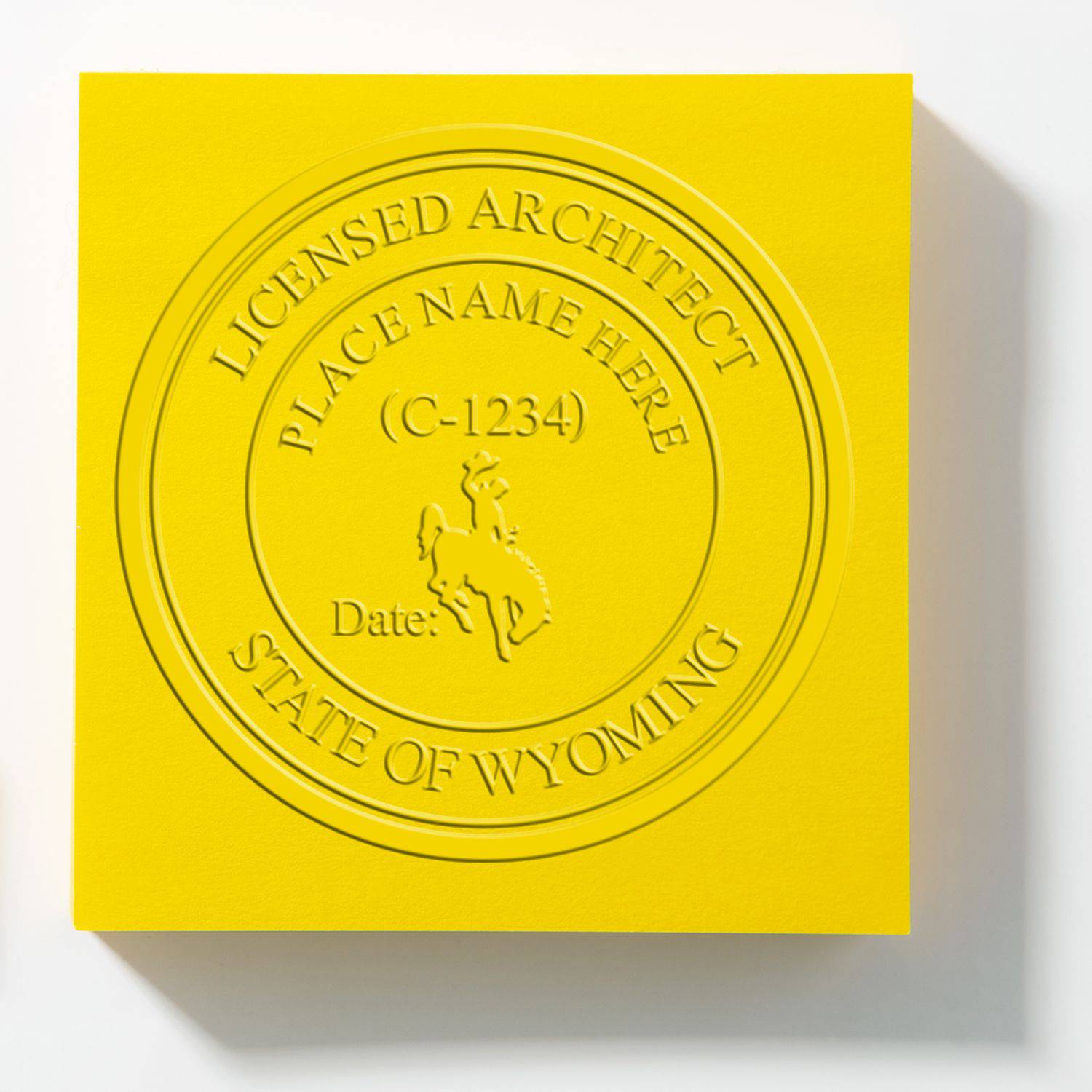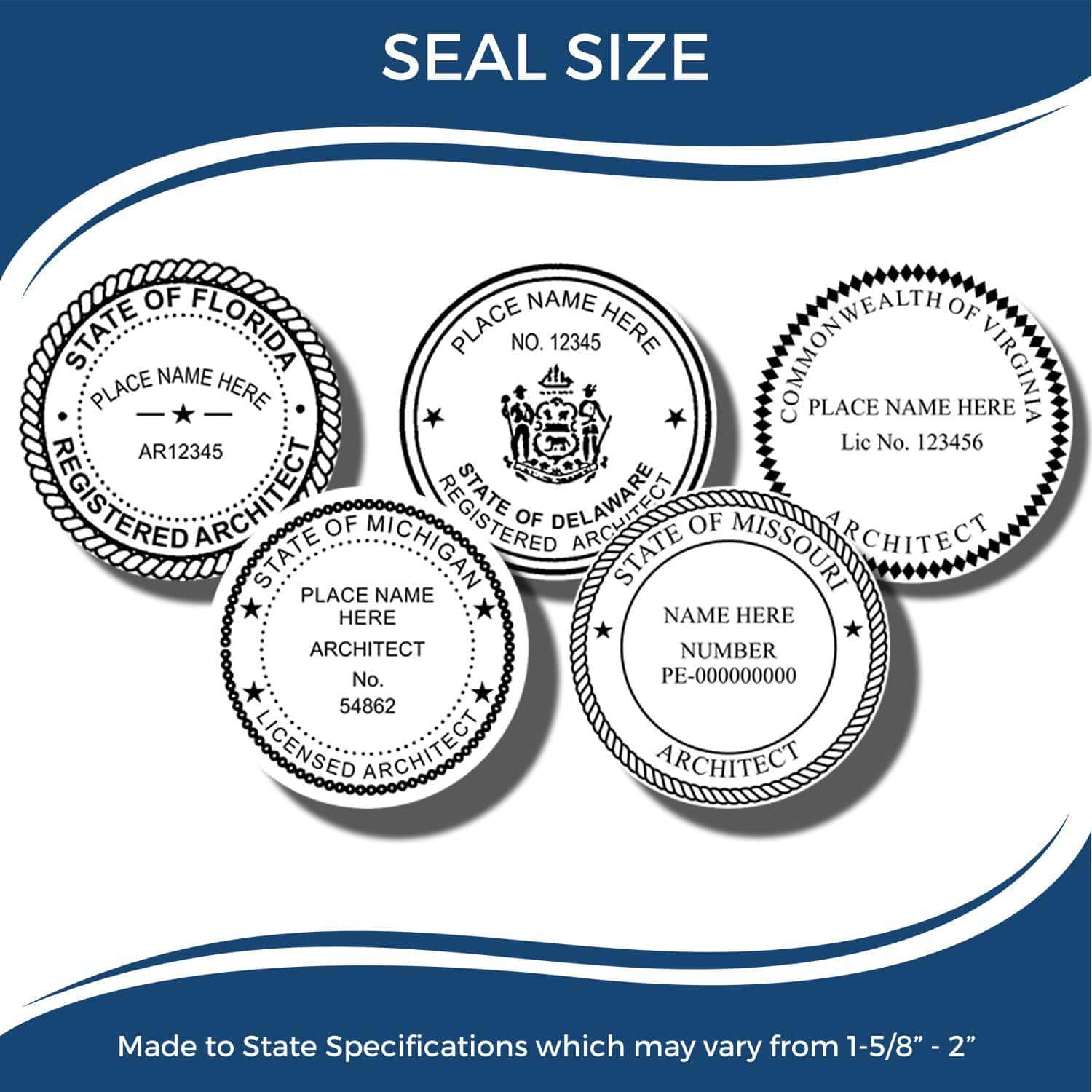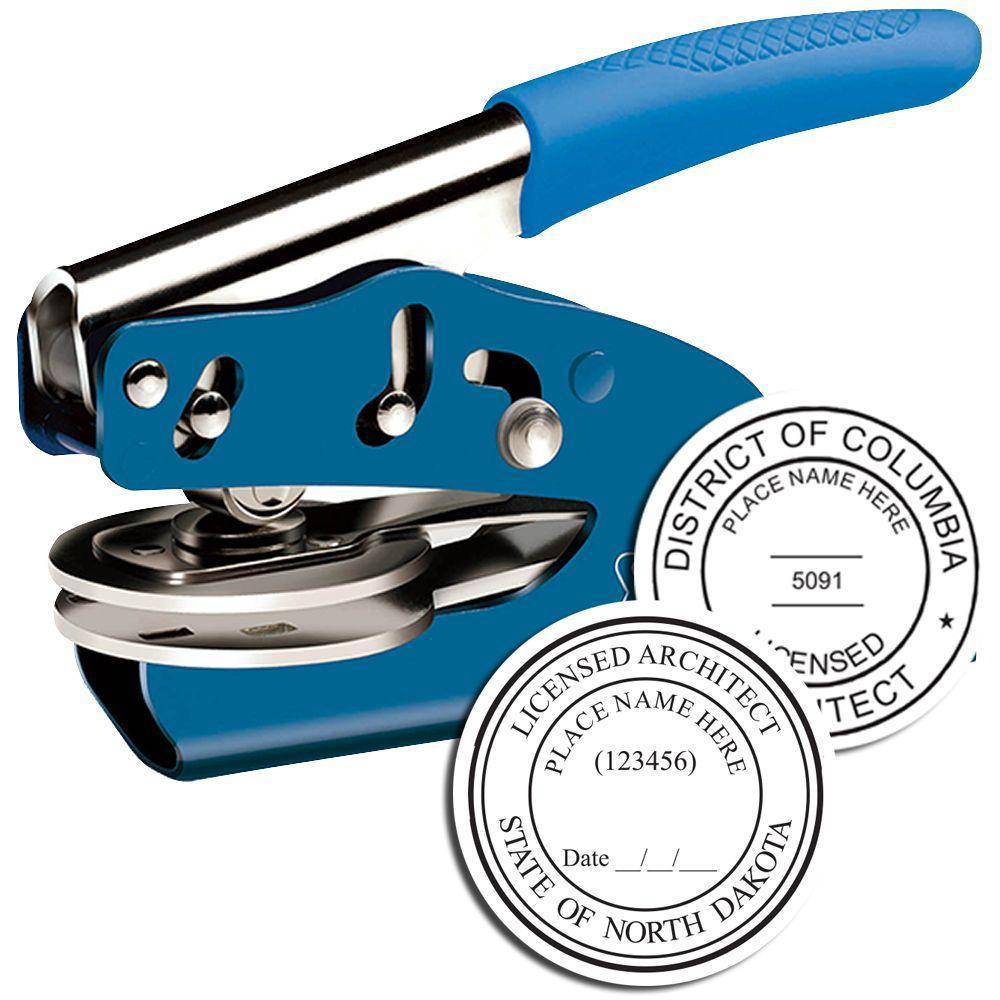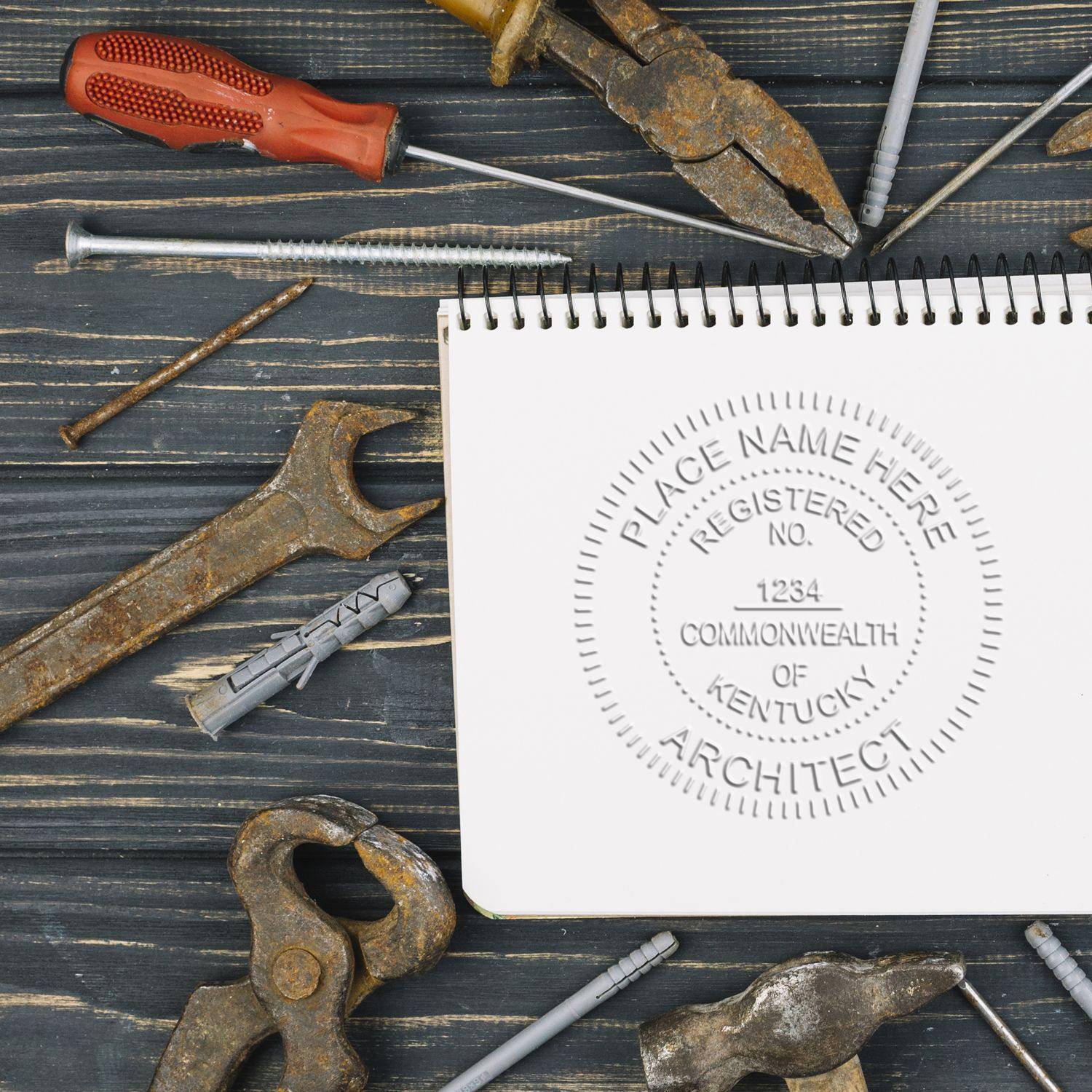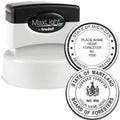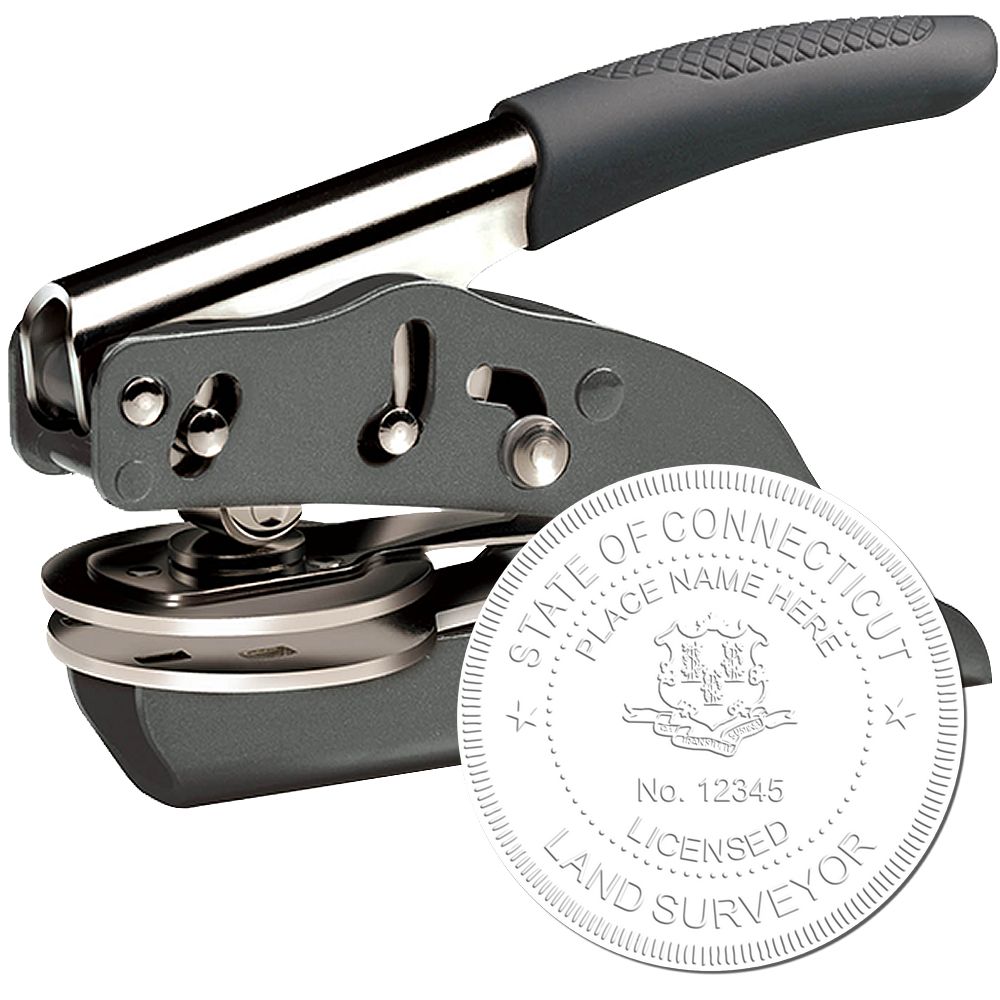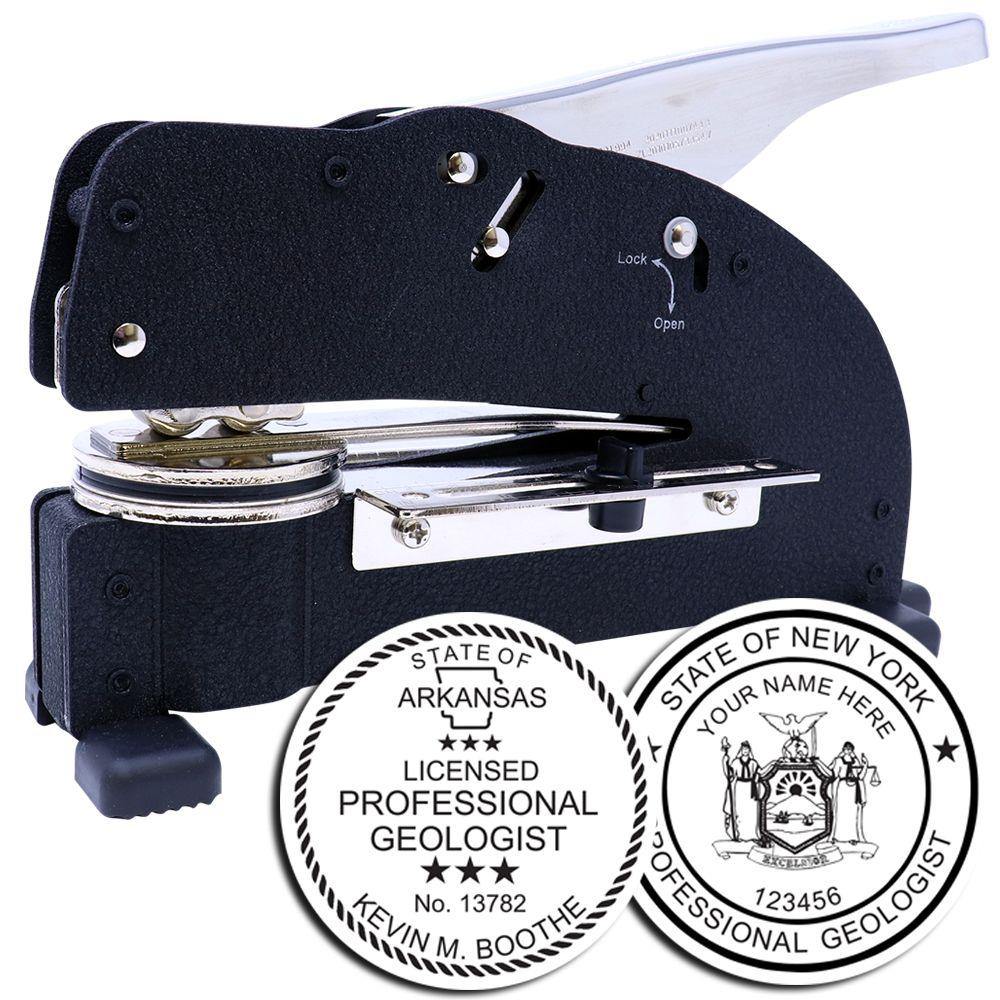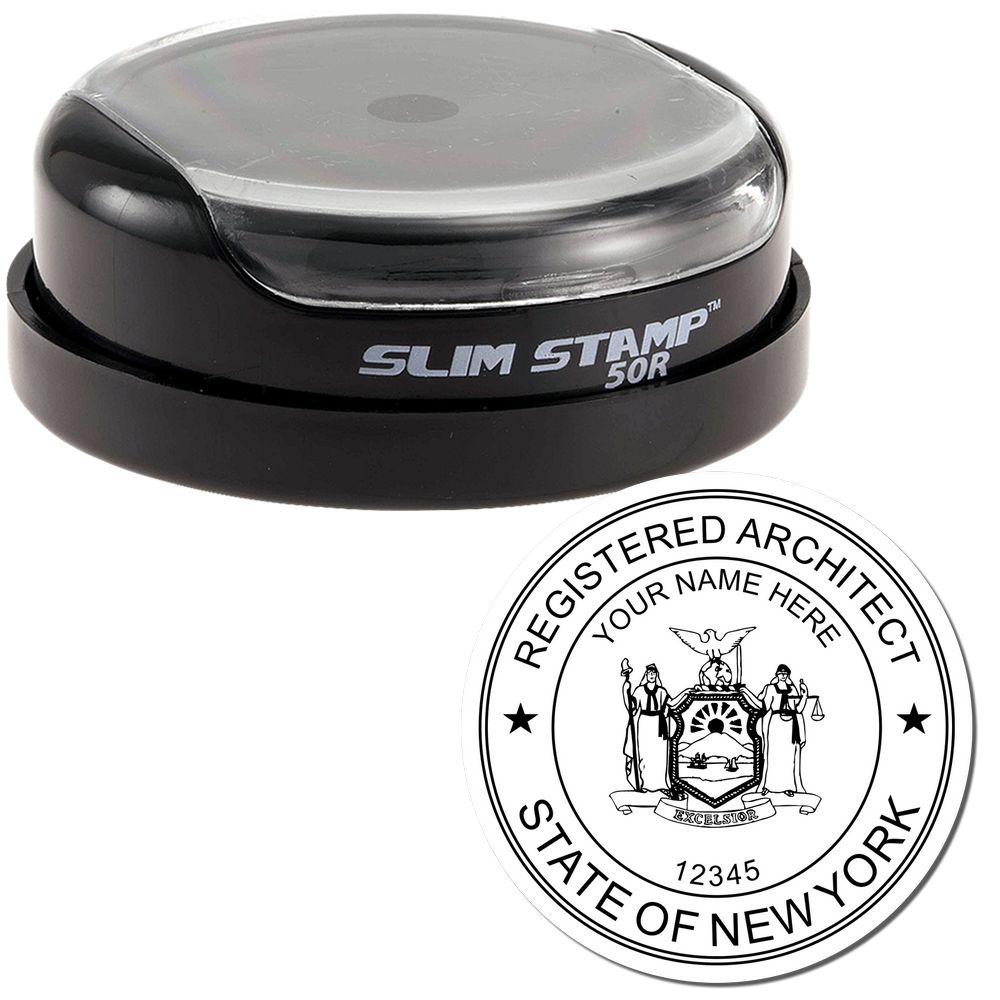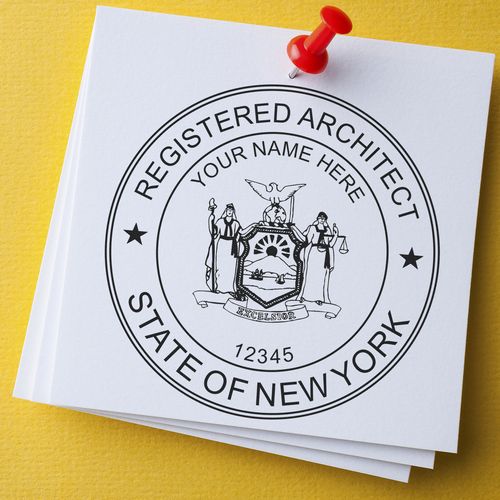Understanding Architect Seals and Stamps
Architect seals and stamps play a crucial role in the architectural field, serving as official marks of approval and authentication. These tools are used to certify architectural drawings, plans, and documents, ensuring that they meet the necessary legal and professional standards. When it comes to architect seals and stamps, size plays an important role in their functionality and effectiveness.
Importance of Architect Seals and Stamps
Architect seals and stamps hold significant importance in the architectural industry. They serve as a symbol of authority and expertise, providing assurance to clients, regulatory bodies, and the general public that the architectural plans and documents have been reviewed and approved by a licensed architect.
By affixing an architect seal or stamp on their work, architects take responsibility for the accuracy and compliance of the designs and plans. This helps to maintain the integrity of the profession and ensures that buildings and structures are constructed safely and in accordance with applicable regulations.
Role of Size in Architect Seals and Stamps
The size of an architect seal or stamp is an essential consideration when purchasing these tools. The size determines the visibility and legibility of the seal or stamp impression, as well as the amount of information that can be included. Architects must carefully choose a size that strikes the right balance between being easily recognizable and accommodating the necessary details.
Architect seals and stamps come in various sizes, ranging from compact options to larger formats. The choice of size depends on factors such as legal requirements, personal preference, and the amount of information that needs to be displayed. Different jurisdictions may have specific regulations regarding the size of architect seals and stamps, so it's important to be familiar with the requirements in your area.
To ensure that the architect seal or stamp is clearly visible and meets the necessary standards, it's essential to select a size that allows for the inclusion of all required information, such as the architect's name, license number, and date of certification. This information should be legible and distinguishable, even when the seal or stamp is reduced in size.
Understanding the importance of architect seals and stamps, as well as the role of size in their functionality, is crucial for architects and those looking to purchase these tools. By selecting the appropriate size, architects can effectively certify their work and provide the necessary assurance of quality and professionalism. For more information on architect seals and stamps, you can visit our article on architect stamps and architect seals.
Common Architect Stamp Sizes
When it comes to architect seals and stamps, size plays a crucial role in determining their usability and effectiveness. Architect stamps are available in various sizes, catering to different needs and preferences. In this section, we will explore three common sizes: standard sizes for architect stamps, miniature architect stamps, and jumbo architect stamps.
Standard Sizes for Architect Stamps
Standard sizes for architect stamps are the most commonly used options. These stamps offer a balanced combination of functionality and portability. The standard size for an architect stamp typically ranges from 1.5 inches by 3 inches to 2.25 inches by 4.5 inches.
Architects often opt for standard-sized stamps as they provide ample space to include essential information, such as the architect's name, registration number, and professional affiliations. These stamps are designed to meet the legal requirements and regulations set by governing bodies. Additionally, their size makes them convenient to carry and use on various document sizes.
Miniature Architect Stamps
On the other end of the spectrum, miniature architect stamps are available for those who prefer a more compact option. These stamps are designed to be small, typically measuring around 1 inch by 2 inches. Miniature architect stamps are lightweight and easily portable, making them suitable for architects who are frequently on the move.
While miniature stamps have their advantages in terms of convenience, it's important to consider the limited space available for information. Architects using miniature stamps may need to prioritize essential details due to the smaller surface area. However, these stamps can still meet legal requirements and serve as valid architect seals.
Jumbo Architect Stamps
For architects working with larger documents or those who prefer bold and impactful imprints, jumbo architect stamps are an excellent choice. These stamps are larger than standard sizes and offer more surface area for detailed imprints. Jumbo architect stamps typically measure around 2.75 inches by 5.5 inches to 3.25 inches by 6.25 inches.
The larger size of jumbo stamps allows architects to include additional information, such as company logos, certifications, or additional text. Architects who prioritize visibility and readability often opt for jumbo stamps, as their larger imprints make a statement on a variety of document sizes.
When selecting the right architect stamp size, it's essential to consider your specific needs and requirements. Assess the amount of information you need to include, the portability you desire, and the regulations you need to adhere to. Consulting with professional organizations can provide valuable insights, as they can guide you on the appropriate size for your specific industry standards. To explore more about architect seals and stamps, visit our article on architect stamps.
Remember, regardless of the size you choose, proper usage, care, and storage of your architect stamp are crucial to maintain its longevity and effectiveness.
Factors to Consider for Stamp Size
When choosing the size of an architect stamp, several factors come into play to ensure the stamp meets your specific needs. These factors include legal requirements and regulations, the amount of information to include, and personal preference and comfort.
Legal Requirements and Regulations
Before deciding on the size of your architect stamp, it's essential to familiarize yourself with the legal requirements and regulations in your jurisdiction. Different regions may have specific guidelines regarding the size and dimensions of architect stamps. These regulations ensure that the stamp is easily recognizable, legible, and compliant with industry standards.
Consulting with professional organizations or regulatory bodies can provide valuable insight into the specific requirements you need to adhere to. Be sure to check with local authorities or relevant associations to ensure that your architect stamp meets all legal obligations. For more information on architect stamps and seals, refer to our article on architect stamps.
Amount of Information to Include
Another crucial factor to consider when selecting the size of your architect stamp is the amount of information you need to include. Architect stamps typically feature essential details such as the architect's name, license number, and professional affiliation. Additionally, the stamp may include a logo or other relevant design elements.
If you have a significant amount of information to include, opting for a larger stamp size might be necessary. This ensures that all details are legible and easily recognizable when the stamp is applied to documents or drawings. On the other hand, if you only need to include minimal information, a smaller stamp size may be sufficient.
Personal Preference and Comfort
While legal requirements and information constraints are important considerations, personal preference and comfort should not be overlooked. The size of the architect stamp can impact the ease of use and overall experience when applying the stamp to documents.
Some individuals may find larger stamps more comfortable to handle, as they provide a larger surface area for grip and control. Others may prefer smaller stamps, which can be more convenient for quick and precise applications. Ultimately, selecting a stamp size that feels comfortable and suits your personal preferences can enhance your workflow and satisfaction.
When it comes to architect stamps, finding the right size involves considering legal requirements, the amount of information to include, and your personal preferences. By taking these factors into account, you can choose a stamp size that meets all necessary guidelines, accommodates your information needs, and provides a comfortable and efficient stamping experience.
Choosing the Right Stamp Size
When it comes to selecting the perfect architect stamp, choosing the right size is crucial for ensuring clear and legible imprints. The size of the stamp will depend on various factors, including your needs, professional requirements, and the intended usage. In this section, we will explore some key considerations to help you make an informed decision.
Assessing Your Needs and Requirements
Before choosing a stamp size, it's important to assess your specific needs and requirements. Consider the type of documents or drawings you will be stamping and the available space for the stamp impression. If you frequently work with small-scale drawings or documents with limited space, a smaller stamp size may be more suitable. On the other hand, if you primarily work with large-scale documents, a larger stamp size may be necessary to ensure visibility.
Consulting with Professional Organizations
Consulting with professional organizations, such as architectural associations or licensing boards, can provide valuable insights into the recommended stamp size for your specific field. These organizations often have guidelines or regulations regarding the size and format of architect stamps. By understanding and adhering to these standards, you can ensure that your stamp meets all the necessary requirements. For more information on architect seals and stamps, visit our article on architect stamps.
Considering the Application and Usage
The application and usage of the stamp are important factors to consider when selecting the right size. If you primarily use your stamp in an office setting, where space is not a constraint, you may have more flexibility in choosing a larger stamp size. However, if you frequently travel or work on-site, a smaller, more portable stamp size may be more practical.
Additionally, consider the level of detail and information you need to include in the stamp impression. If your stamp requires intricate designs, logos, or additional information, a larger stamp size may be necessary to accommodate all the elements without sacrificing readability. For professionals who prefer a compact stamp, a miniature size may be a suitable option. To explore different types of architect seals, check out our article on architect seals.
By carefully assessing your needs and requirements, consulting with professional organizations, and considering the application and usage of the stamp, you can make an informed decision about the right size for your architect stamp. Remember to prioritize legibility and clarity in the stamp impression, and ensure that the size aligns with any regulations or guidelines set forth by your professional association or licensing board.
Proper Usage and Care of Architect Stamps
Once you have chosen the perfect architect stamp for your needs, it's essential to understand how to use and care for it properly to ensure its longevity and optimal performance. Here are some important guidelines for the usage and care of architect stamps.
Using the Stamp Correctly
Using an architect stamp correctly is crucial for producing clear and accurate imprints. Follow these steps for proper stamp usage:
-
Preparation: Ensure that the stamp surface is clean and free from any debris or ink residue. This helps to avoid smudging or distorted imprints.
-
Inking: Apply an appropriate amount of ink to the stamp pad. Make sure the ink is evenly distributed on the pad to avoid uneven or patchy imprints. If necessary, refer to the manufacturer's guidelines for specific ink recommendations.
-
Alignment: Position the stamp on the desired surface and align it accurately. Apply even pressure on the stamp to ensure a consistent and clear imprint. If your stamp has an adjustable alignment feature, utilize it to achieve precise placement.
-
Impression: Press the stamp firmly and evenly onto the surface. Avoid excessive pressure, as it may cause ink smearing or bleeding. Lift the stamp straight up to prevent smudging while removing it.
Maintaining and Cleaning the Stamp
Proper maintenance and regular cleaning are essential for preserving the quality and performance of your architect stamp. Follow these guidelines for maintaining and cleaning your stamp:
-
Cleaning: After each use, remove any excess ink from the stamp using a clean, lint-free cloth or paper towel. Be gentle during the cleaning process to avoid damaging the stamp surface.
-
Deep Cleaning: Periodically, it's advisable to perform a more thorough cleaning to remove any ink buildup or debris. Use a mild soap or stamp cleaner recommended by the stamp manufacturer. Gently scrub the stamp surface with a soft brush or toothbrush. Rinse it with water and pat it dry with a clean cloth.
-
Avoid Harsh Chemicals: Avoid using harsh chemicals, solvents, or abrasive materials for cleaning, as they can damage the stamp surface.
Storing the Stamp Safely
Proper storage is crucial for protecting the integrity of your architect stamp. Follow these guidelines for safe storage:
-
Dry Storage: Ensure that the stamp is completely dry before storing it. Any moisture left on the stamp can lead to mold growth or damage.
-
Avoid Extreme Temperatures: Store the stamp in a cool, dry place away from direct sunlight and extreme temperatures. High temperatures can cause the stamp material to warp or degrade over time.
-
Protective Case: Consider using a protective case or pouch to shield the stamp from dust, dirt, and potential damage during storage or transportation.
By following these guidelines for proper usage and care, you can extend the lifespan of your architect stamp and maintain its optimal performance. For more information on architect stamps and seals, check out our article on architect stamps and architect seals.
About ESS
At Engineer Seal Stamps, we pride ourselves on being the makers of high-quality custom rubber stamps, professional seals, and notary stamps. Our commitment to providing exceptional products and outstanding customer service is evident in everything we do. As industry leaders, we understand the importance of creating reliable stamps that meet your exact requirements and specifications.
We offer a variety of options to ensure our customers receive the exact product they need. Our team of highly skilled professionals works diligently to ensure we provide a range of state board guarantees on each of our products. These guarantees give you peace of mind knowing that you are receiving a reliable, efficient and trustworthy engineering seal stamp or notary stamp. Moreover, our team is committed to providing an unparalleled quick turnaround time on all of our products. This ensures that you receive your customized stamps in a timely manner, allowing you to proceed with your projects or business operations without any delays.
At Engineer Seal Stamps, we take pride in our exceptional customer service and commitment to quality. Our knowledgeable and friendly customer service representatives are always here to answer any of your questions or concerns. We understand that the needs of every business and individual differ, and we work hard to meet and exceed your expectations with our highly customizable stamp products. Choose Engineer Seal Stamps for all your custom rubber stamp, professional seal, and notary stamp needs to experience our superb customer service, superior quality, and fast turnaround time.


